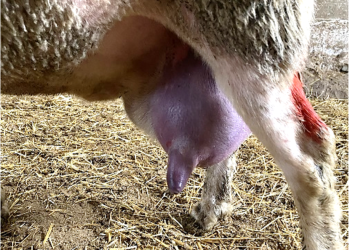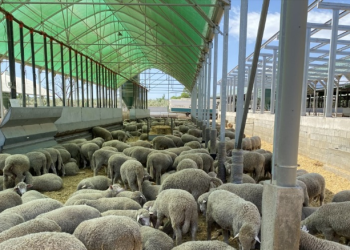OUT OF SIGHT…
The answer to “How much does an abortion cost us?” can be varied, but few clearly know the answer. Without it, it is impossible to answer a much more important question: “What financial impact do abortions have on their farm?”
To determine this, we need to consider two parameters: cost of each abortion and abortion rate (number abortions/total number pregnant females x 100).
Infectious abortions have a much larger economic impact due essentially to the number of affected animals and the difficulty in controlling them.
“Infectious abortions: more than 70% of the flock may be affected”
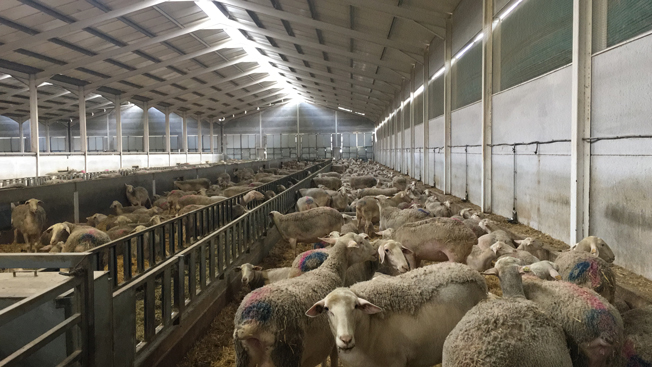
WHAT SHOULD I CONSIDER?
In order to determine the cost of an abortion, in meat, dairy or mixed animals, the losses they incur must be considered. There are two fundamental types:
| Direct | Lamb(s)/Kid(s) Dead, moribund or born weak (with poor growth) | |
|---|---|---|
| Milk | Lactation has not started or production is drastically reduced and its duration is decreased | |
| Ill | Complications during the abortion, secondary infections due to placenta retention… | |
| Treatment | Of aborted animals and/or lambs born weak | |
| Indirect | Maintenance | The cost of feeding animals that abort until they enter the productive cycle again |
| Infertility | Animals that, after abortion, have difficulties or are unable to become pregnant and need to be removed from the flock. | |
Direct losses are the only ones that are considered. Indirect losses play a crucial role, with the cost of feeding being particularly significant:
After an abortion occurs, the animal enters an unproductive period, which lasts at least 7 months (2 months to recover from the abortion plus 5 months of pregnancy).
This period may be longer, especially in flocks with only one birthing period per year or animals that have not become pregnant after a first tupping.
“After abortion, ewes enter an unproductive period that can exceed 12 months”
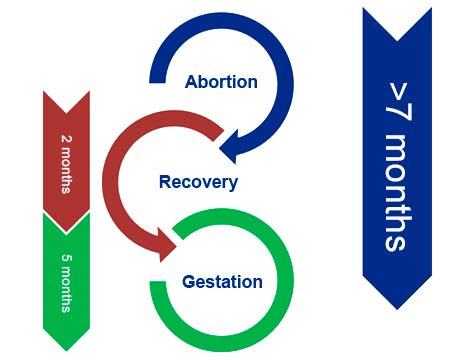
To calculate the economic impact that abortions have on a farm, it is imperative to perform correct data collection.
“Cost of feeding unproductive animals can reach 20% of the total cost”
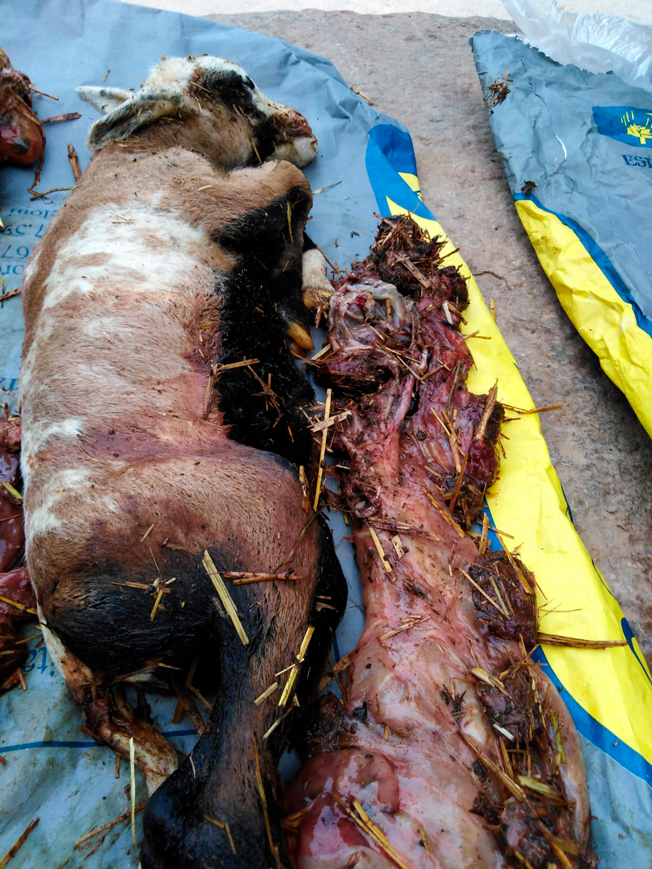
Many parameters determine the cost of an abortion, and they vary depending on the country, time of year, and even each farm. The most important ones are:
● Prolificacy
● Milk production
● Feeding cost
● Milk and lamb price
THE IMPORTANCE OF THE COST
Today, cost and importance go hand in hand. The higher the cost, the greater the importance of the problem.
In countries like the United Kingdom, it is estimated that, in sheep for meat, an abortion can exceed €90. This cost is always much greater in dairy sheep, reaching a minimum cost of €300 in high-production farms.
“The cost of an abortion can exceed €300”
Nowadays, high abortion rates, seriously compromise the cost-effectiveness of sheep and goat farms.
| INCOME PER BIRTH | LAMB (20KG) | 1,6 x 5,2 €/Kg x 20 Kg | 166,4 € |
|---|---|---|---|
| UNPRODUCTIVE PERIOD COST | SHEEP FEED | 210 days x 0,25 €/day | 52,5 € |
| TOTAL | 219 € | ||
| COST OF “NON-DELIVERY” | SHEEP FEED | 210 days x 0,30 €/day | -63 € |
| LAMB FEED | -25 € | ||
| TOTAL | -88 € | ||
| COST OF AN ABORTION | 219 € – 88 € | 131 € | |
Knowing the economic impact is the first step in being aware of its importance, and controlling and preventing said problem, to achieve the desired productive goals.
Article written by
Pablo Núñez Ulibarri. Corporate Product Manager Small Ruminants Unit – HIPRA.
